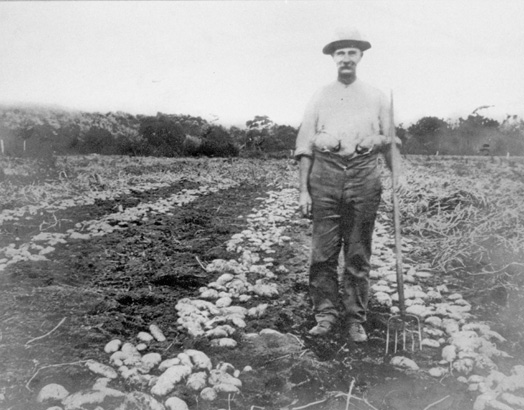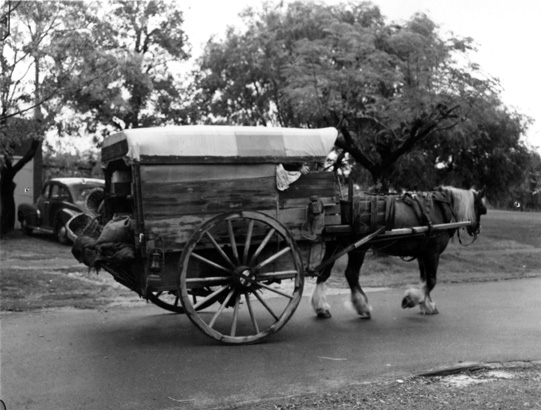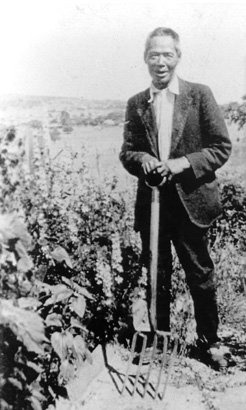|
Market gardens
During the twentieth century production from the Western Australia's market gardens and orchards moved from being purely for domestic consumption to
being a significant export industry.
By the time Western Australia joined the Federation the demand for fresh vegetables generated by the population boom of the 1890s gold rush meant that the new State
imported both fruit and vegetables. Potatoes were a major import. The boom also stimulated rapid growth in the local orchard and market garden industry. For example,
the total area of land used for orchards, vineyards and vegetable growing rose from 1900 hectares in 1896 to 4600 hectares in 1903.
During this time swampland in the areas of Osborne Park, Balcatta, Jandakot, Spearwood and Waneroo were drained. These were added to North Perth, Bayswater, Midland Junction, South Perth, Victoria Park and Bibra Lake as centres
for market gardeners.Between 1900 and 1920 the majority of vegetables grown in the State were by Chinese market gardeners. Over a third of the Chinese population of
Western Australia was involved in the market garden industry, which was labour intensive and relied on farming techniques practiced in China. As a result most market
gardens were located on peaty soils on or near lakes, swamps and drained swampland. By the late 1920s the number of Chinese involved in the industry had declined due to Australia's racist immigration restrictions.
At the same time the arrival of Italian and Slav families in Spearwood, Osborne Park and Wanneroo saw a new migrant group active in the industry. Resultant changes in
farming practices, such as the use of butterfly sprinklers to regulate watering, meant that the sandy plains of the western coast were exploited for growing vegetables.
Irrigation with underground water on fertilized sandy soils replaced the previous practice of using only drained swampland. By 1999 a total of 9,322 hectares were
used for the cultivation of vegetables and fruit, supplying Western Australians with produce all-year round.
|








